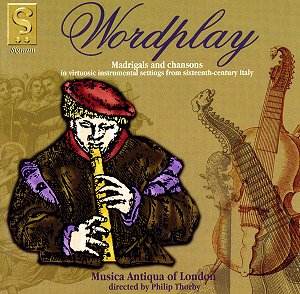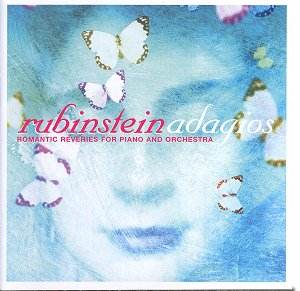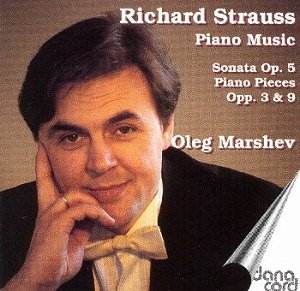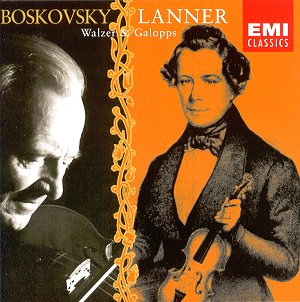 Composer: Wordplay
Composer: Wordplay
Works: 16th Century chansons
Performers: Musica Antiqua of London directed by Philip Thorby
Recording: Recorded in the National Centre for Early Music, York, December 2000
Label: SIGNUM
The latest release from Musica Antiqua of London, directed by Philip Thorby, presents a captivating collection of instrumental divisions based on 16th-century chansons, a repertoire that serves as a profound testament to the virtuosic instrumental practices of the Renaissance. This recording, made in the venerable National Centre for Early Music in York, draws on the rich tradition of Italian madrigals and chansons, showcasing the intricate ornamentation and expressiveness that characterized this era. The selection includes works by notable composers such as Ebreu, Capirola, Ortiz, and Bassano, offering listeners a glimpse into the artistry that flourished during the late Renaissance.
The ensemble’s interpretation is marked by a commendable blend of scholarly rigor and artistic flair. The arrangements, which feature various combinations of recorders, viols, and lutes, embody the essence of the instrumental divisions that were cherished in the 16th-century musical landscape. The opening track, Bassano’s arrangement of Rore’s “Ancor che col partire,” exemplifies this virtuosity. Philip Thorby’s dexterous flute work captures the lyrical quality of the original, while Alison Crum’s bass viol rendition offers a contrasting expressiveness that highlights the emotional depth of the piece. Each musician demonstrates not only technical proficiency but also an acute sensitivity to the nuances of phrasing and dynamics, which are crucial for conveying the poetry inherent in the original vocal works.
Recording quality is exemplary, utilizing the church’s unique acoustic to enhance the resonances of the instruments. The clarity of the sound allows the listener to appreciate the intricate interplay between the performers, particularly in tracks featuring multiple divisions. For instance, the ornamented version of Willaert’s “Cantai o piango” is both enlightening and somewhat tedious, as the extensive elaborations risk overshadowing the original melodic line. Nevertheless, this serves as a testament to the aesthetic practice of the time, where embellishment was not merely an addition but an essential aspect of the performance. The engineering captures the warmth and texture of the instruments, allowing the listener to discern the subtleties of articulation and tonal variety that Ganassi championed in his treatises.
This recording invites comparison with other notable interpretations of Renaissance instrumental music, such as those by the ensemble La Morra, yet it stands apart due to its focused exploration of divisions and its commitment to historical authenticity. The inclusion of a diverse array of instruments, including various sizes of viols and lutes, brings a palette of colors that enhances the listening experience. The musicians’ versatility is a highlight, as they navigate through the technical demands of the repertoire with apparent ease.
Musica Antiqua’s endeavor to bring the intricacies of 16th-century instrumental music to life is commendable. The thoughtful selection of works, combined with the ensemble’s adeptness at both interpretation and execution, results in a recording that is enriching on multiple levels. It serves not only as an intellectual exploration of the repertoire but also as a delightful auditory experience, perfect for both casual listening and scholarly study. This album is a significant contribution to the understanding and appreciation of Renaissance music, marking it as a worthy addition to any connoisseur’s collection.



